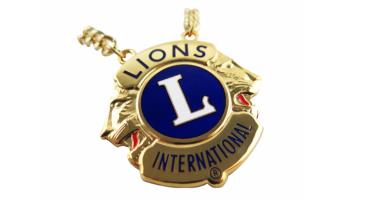Several common processes for making badges LAPEL PIN badge factory
▼
Badge MakingThe process is generally divided into stamping, die casting, hydraulic, corrosion and so on, among which stamping and die casting are more common. Color processing Color processing is divided into enamel (cloisonne), imitation enamel, paint, glue, printing and so on. Badges are generally made of zinc alloy, copper, stainless steel, iron, sterling silver, gold and other alloy materials.

Stamping badges: The general stamping badges are made of copper, iron, aluminum, etc., so they are also called metal badges. The most common badge is made of copper, which is softer and gives the clearest lines, followed by an iron badge. The corresponding price of copper is also relatively expensive.
Die casting badges: Die casting badges are usually made of zinc alloy materials. Because of the low melting point of zinc alloy materials, they can be heated and injected into molds to make complex and difficult relief hollow badges.
Enamel badges: Enamel badges, also known as cloisonne badges, belong to the most high-end badge craft. The material is mainly red copper, painted with enamel powder. Enamel badges are characterized by being painted and then polished and plated with a grindstone, so they feel smooth and flat. The color is dark and single, which can be permanently preserved, but the enamel is fragile and cannot be knocked or dropped by gravity. Enamel insignia is commonly seen in military MEDALS, MEDALS, medallions, license plates and emblems.
Paint process badge: concave and convex sense is obvious, bright color, clear metal lines. The concave part into the paint, the protruding part of the metal lines need to be electroplated. The material is generally copper, zinc alloy, iron, which iron and zinc alloy are cheap, so its common paint badge is more. The process is electroplated, then painted, and baked, which is the opposite of the enamel process. Paint badge in order to keep it for a long time, protect the surface from scratches. It can be coated with a transparent protective resin, also known as Polly, which we often call. Drop glue; . When the resin is applied, the badge doesn’t have the same texture as the metal bump. But Polly is also easy to scratch, and after exposure to ultraviolet light, Polly will turn yellow for a long time.
Printing badges: Usually two ways: screen printing and plate printing. It is also commonly referred to as a glue badge because the final step is to add a layer of clear protective resin (Boli) to the surface of the badge. The materials used are mainly stainless steel and bronze, and the thickness is generally 0.8mm. The surface does not do electroplating treatment, using natural color or wire drawing treatment. Screen printing badges mainly for simple graphics, less color. And flat panel printing for complex patterns, more color, especially with gradients of the graphics.
▼
Reminder Flexible quality Options - start from scratch or adjust one of our designs to meet your needs. Expert Design Services - our friendly graphics specialists will create your vision with a custom proof. Fast Turnaround
Contact us




